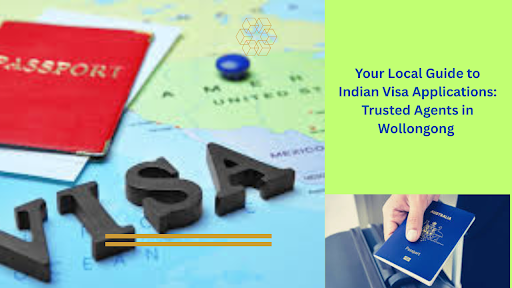Do You Need the Life in the UK Test for British Citizenship?

Also called the British Citizenship test, the Life in UK test examines whether an applicant holds enough knowledge of British customs, traditions, laws, history, and political systems, as stipulated by the immigration rules of the UK. It contains 24 multiple-choice questions, all taken from the official Life in the UK handbook, with a pass mark set at 75%.
One cannot embark upon an application of naturalisation or settlement until the test has been passed. If the candidate fails, he or she will lose the fee for the test, and he or she will have to retake it before they can continue with their application.
Why Does One Need to Take the Life in the UK Test?
UK immigration laws set requirements for all intending residence and settlement in the UK. Naturalisation applicants are required to prove knowledge of English as well as Life in the UK. These are commonly called KoLL requirements, standing for Knowledge of language and life in the UK.
Who has to Take the Life in the UK Test?
All candidates of a British citizenship application or applicants for settlement by means of Indefinite Leave to Remain have to take the Life in UK test, unless they qualify for exemption.
EU settled status holders must pass the life in the UK test except when one of the life in the UK test exemptions applies.
Life in the UK Test Exemptions
An applicant may be exempted from sitting the life in the UK test if he or she:
- Is under 18 years or over 65 years.
- Has passed the test before. For instance, if you passed the test with your ILR application, you will not be required to sit for the test again for your British citizenship application.
- Has a long-term mental or physical condition certified by a medical practitioner.
A medical expert will need to complete a formal exemption form to instruct that an applicant is exempt from the life in the UK test on medical grounds. The applicant must submit this form with their settlement/naturalisation application to the caseworker for consideration.
The official guidance states that discretion must be exercised if the applicant:
- is suffering from any long-term disability or illness that severely restricts their ability to prepare for the Life in the UK test or learn English
- has a mental condition which stops them from learning or speaking English to the UK’s required standard
What is the Format of the Life in the UK test?
The life in the UK test usually lasts for 45 minutes. You will have to take the test on a computer at a designated UK test centre.
You are required to answer 24 multiple-choice questions about British traditions, laws, customs, and political systems.
Eighteen questions or more must be answered correctly to pass, which means that 75% is the minimum passing percentage.
The results will be revealed at the end of the test.
If you pass the Life in the UK test, you can submit your application for ILR or citizenship and enjoy the benefits of British Citizenship.
How to Book Life in the UK Test
The booking of a Life in the UK test has to be done online via the .gov website. Various providers offer support for test practice, however, the fully government-endorsed booking system is the only one that will be accepted by the Home Office for your application. At present, PSI is running the authorised testing.
You will need to book your test a minimum of 3 days before your preferred test date.
When booking your test, you need to have the following with you:
- Email address
- Payment method: debit or credit card
- A recognised form of ID may include:
- passport
- UK photocard driving licence, provisional or full
- convention travel document (CTD), stateless person document (SPD), or certificate of identity document (CID)
- immigration status document endorsed with a UK residence permit on a passport with a photo,
- EU identity card
- biometric residence permit.
What Happens at Life in the UK Test Centre?
You should not bring anyone with you, for instance, kids and other relatives. Most test centres will not have any waiting rooms or childcare facilities. If you need any kind of assistance because of a disability, you should let the UK Test Helpline know while you book your test: 0800 015 4245.
When you arrive, the same identification document used for booking must be produced. Hence, a recent utility bill or council tax bill, a bank or credit card statement, or a photocard driver licence would work as proof of address. The original document must be presented.
Also, the photograph of the applicant will be taken for issuing an identity card.
Disobeying the photo requirement or failing to present the ID used in the test booking will disallow you from sitting for the test, and your fee will be forfeited.
You are not allowed to bring an electronic device, written materials, or notes with bags into the test room. Test centers usually have lockers where you can deposit your belongings during the duration of the test.
Test center staff may do a brief check to confirm the absence of prohibited items on your person while entering the test room.
Once all test applicants have been checked for ID and are located at their desks, a 4-question simulation will be shown for candidates to answer. This provides an opportunity for candidates to familiarize themselves with the layout of the test, how to select answers, and how to proceed to the following question.
During the test, silence is mandatory.
Following the practice round, you will be informed when the real test begins, and the clock starts to tick for 45 minutes.
Conclusion
If you clear the test, you will be able to apply for British Citizenship. Make sure to prepare well for the test. Use the official handbook and give mock tests to know how well you are prepared for the test.






